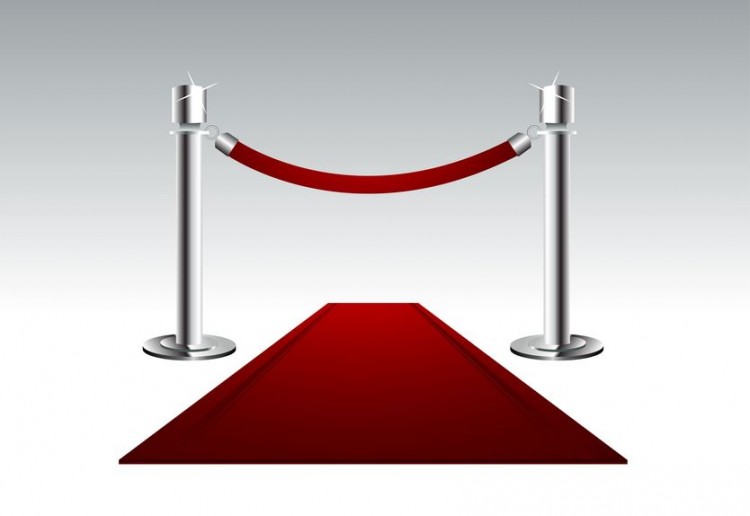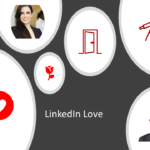LinkedIn Groups changes disadvantage job seekers
LinkedIn Groups was one of the first ways LinkedIn attempted to connect its membership, offering like-minded professionals an opportunity to have open and transparent conversations. It was a great place for job seekers, especially career changers, to get a feel for the career paths and backgrounds of people already in their target company, or information on a job or career to which they aspired. I have tapped into this facility regularly over the years.
Importantly, Job seekers could join any group and enter a conversation with people perhaps they previously might have had difficulties reaching. It was a democratic and open system, very different to the real world, where networking can be very elitist and “clique-ish.” No big fees were involved and the chances to interact with a key sector player were much more achievable.
Now with recent changes I can’t help but wonder if LinkedIn is risking creating online cliques, with hidden listings and member, invitation-only groups.
LinkedIn claim to have responded to changes requested by users and other general feedback. The major shift is that all Groups are being made private. Only Group members will be able to view conversations (re-styled discussions) , and only members can contribute. The ability to be searchable via search engines will also disappear, facilitating private discussions between group members.
As the owner of the 3Plus LinkedIn group, some years ago I asked members if they wanted to remain private or go “open”. The vote was to become an open group in the interests of inclusion. Afterwards I could see this was not necessarily a good idea. We were flooded primarily with self promotion, which impacted the quality of the conversation and created a lot of admin triage work, reviewing it all. So there is one person at least who is glad to see this backward move as necessary to going forward. I’m not against this element of the changes.
LinkedIn’s help center says. “Members-only groups have created significantly more participation and conversations than others (up to five times more), indicating that members feel more confident contributing in these types of groups.”
Hidden network
The next issue is whether a group is a Standard or Unlisted Group, the two available classifications.
. The main difference between the two is control and visibility. Unlisted Groups are well….not listed. They don’t appear in the LinkedIn directory of Groups, Group badges cannot be displayed on members’ profiles, and only owners and managers can invite and approve new members.
They are therefore hidden and not a great benefit to job seekers, especially career changers, who usually look for groups as part of their research and strategic networking.
It also makes it difficult for job seekers who very often won’t know what undisclosed groups are out there. The concept of a hidden network, now has an additional component.
Standard Groups
In Standard Groups however, members can invite first-degree LinkedIn connections to join and can also approve requests to join from their first level connections. These will be more readily accessible to job seekers.
The other changes have facilitated:
- Improved Content: LinkedIn has improved its filters to strip out spam and other low-quality content. The Promotions tab has disappeared, which currently moves such posts to moderation. Job posting will be automatically shifted from the main conversation feed to a Jobs tab. The knock on from this is we are seeing more low quality content via updates. Bring back LinkedIn signal!
- Moderation: To speed up conversation flow comments and conversation posting will be automatic for members. Group managers and moderators will be able to remove dubious content and place problem members under moderation. This is added work for moderators as the self promoters continue unabated, in my group at least
- Photos And @Mentions In Conversations: People starting a new conversation will be able to upload an image. Members will be able to @mention other members in conversation postings or when commenting, which signals to the connection they have been “tagged.” à la Twitter or Facebook
- Subgroups eliminated: any sub groups will become independent groups.
Obviously only a few weeks into this change it’s hard to say how it’s all going to work out. What are your experiences?
Are we also undoing the social aspect of social networking?






